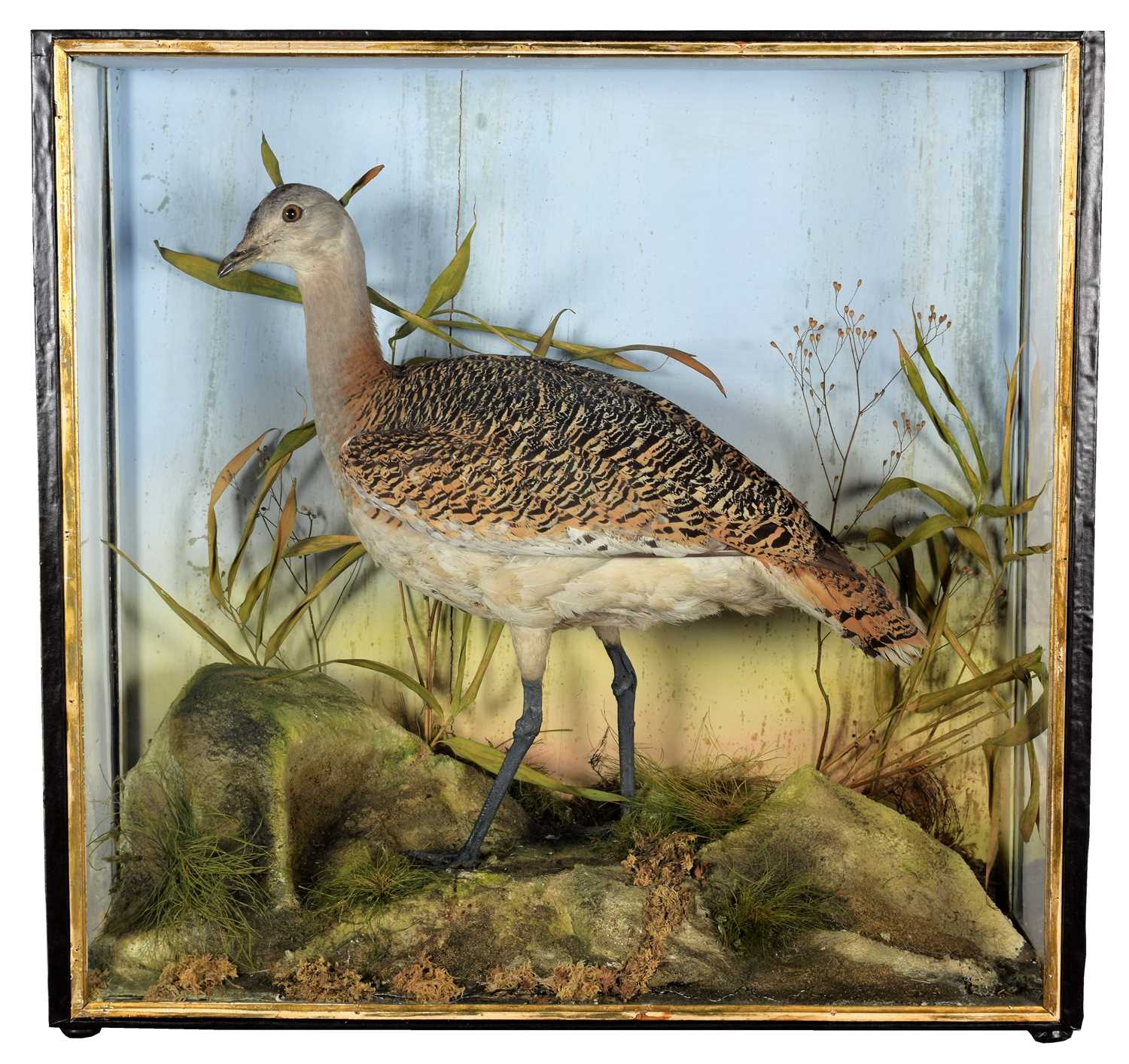CALLING all curlew enthusiasts!
A £36,000 one-year contract is up for grabs at the Curlew Recovery Partnership.
Below is the notice of vacancy:
The England Curlew Recovery Partnership is looking for an outstanding conservationist and network builder who can manage this transformative partnership.
The Eurasian curlew is arguably the most pressing bird conservation priority in the UK.
More than that, it has unparalleled importance as a symbol of Britain’s wild places.
An extraordinary conservation effort to save the curlew is underway, and there is hope that in bringing back this much-loved species we can recover the fortunes of much of our nature.
The partnership builds on the existing informal network of projects and individuals working at a local level, connecting them at a national level to other projects, conservation NGOs and Government agencies.
The Partnership Director post is hosted by the Wildfowl & Wetlands Trust on behalf of the partnership.
The partnership steering group, which is chaired by the author and campaigner Mary Colwell, will agree your work-programme which will involve working closely with a broad range of leading conservation organisations.
The role will be to mobilise and co-ordinate the existing resources across the partners, and among grassroots conservationists in the form of farmers, land managers, practitioners, gamekeepers, volunteers and all those that have a passion for curlews.
It is important also to ensure that Curlew conservation is informed by new scientific evidence and that projects are informed by best practice.
The successful candidate be an experienced conservationist, adept at building links between scientists, Whitehall decision-makers, local communities and land-managers.
The successful candidate will be at the heart of one of the most high profile conservation initiatives in Britain, and will need to be inspiring, collaborative, diplomatic and energetic.
* Curlew Action, Defra, Natural England, the Wildfowl and Wetlands Trust, the RSPB, the Game and Wildlife Conservation Trust, the British Trust for Ornithology, Natural England, Curlew Country, the Duchy of Cornwall and the Bolton Castle Estate.
Apart from the salary, benefits include:
• 25 days annual leave plus bank holidays increasing to 30 days after 5 years’ service
• Contributory pension scheme (conditions apply)
• Life assurance
• Free parking
• Cycle to work scheme
• Free entry to all Wildfowl & Wetlands Trust centres
And here is the job description:
Main function of role:
To manage delivery of the work programme of the Curlew Recovery Partnership on behalf of the Steering Group Partnership and the Chair. To mobilise and co-ordinate the existing resources across the main partners, the broader group of partner organisations and with the grassroots conservationists in the form of farmers, land managers, practitioners, gamekeepers, volunteers and all those that have a passion for Curlews in England.
Main duties:
National co-ordination
• Respond to UK Government consultations, particularly relating to Defra agri-environment schemes (AES) such as the Environmental Land Management Scheme (ELM) and woodland creation schemes.
• Develop policy briefs for Defra on key topics in Curlew conservation, including predator management, silage/hay cutting and forestry.
• Co-ordinate for schemes, such as Farming in Protected Landscapes, to ensure effective sharing of outputs relevant to Curlew conservation and capturing key findings for Defra policymakers.
• Work with partners to identify opportunities for improved co-ordination of data collection for breeding Curlews at regional and national level.
• Represent CRP on (and share resources with) the UK and Ireland Curlew Action Group (CAG) and the Curlew Wales Steering Group and correspond and co-ordinate training activities with Working for Waders in Scotland.
• Support the development of research to increase the evidence-base for Curlew conservation, in particular by encouraging multi-partner research collaborations
External communications and activities
• Develop and maintain the CRP website, blog, social media, and email accounts.
• Develop and maintain the CRP network of some 350 Curlew conservationists, primarily across England.
• Support local Curlew groups in England through provision of advice and resources about funding, fieldwork etc.
• Visit important Curlew areas and projects to understand local issues and engage with a broad range of Curlew conservationists.
• Engage with local, regional, and national media to disseminate key messages about Curlew conservation and promote CRP network activities.
Internal communications and activities
•Ensure that the CRP, including its Steering Group and Working Groups, is effectively managed.
• Manage the CRP finances and provide a monthly update to the Chair and SG (with support from colleagues in GWCT who administer the CRP bank account).
• Identify opportunities for future CRP funding, both from UK Government and various public and private sources, to support management overhead and delivery of local research and conservation projects.
CRP resources
• Work with SG members to develop, deliver and co-ordinate CRP training activities including field and online workshops, online videos, and online resources.
• Work with SG members to develop and deliver the Curlew Fieldworker Toolkit and undergo regular updates to ensure content confirms with best practise.
Closing date for applications is November 30, with interviews to be held on December 8-9.
And the person specifications:
Essential:
● Degree or equivalent experience in a relevant subject
● Current driving licence and passport
Desirable
● A recognised qualification or accreditation in project management (e.g. PRINCE2, APM accreditation).
Experience
Essential:
● Track record of working with local grass-roots projects and/or farmers to develop and deliver conservation projects
● Track record of working with local and national governments, private sector and civil society bodies
● Experience in organising and facilitating multi-stakeholder participatory processes and policy dialogues
● Experience in partnership building and relationship management
● Understanding of relevant technical fields (including species recovery; wader ecology; economics of rural environments; stakeholder engagement techniques; natural capital and ecosystem service approaches)
● Understanding of the relevant policy context, including agriculture, forestry and species recovery, especially as it relates to conservation of Curlews and their habitats
● Experience of the UK biodiversity fundraising environment and of managing grants and funding partnerships
● Experience of project design, planning and evaluation
● IT skills including use of Microsoft Office Outlook, Word, Excel and PowerPoint and the use of online tools for document sharing and collaboration
Desirable:
● Experience of Curlew conservation projects or similar species recovery initiatives
● Experience of implementing effective organisational governance arrangements
Competencies
● Ability to co-ordinate stakeholders within the Recovery Partnership, including dealing with conflicting opinions and objectives
● Ability to work effectively with multiple partners, giving growing momentum towards partnership working
● Demonstrated capacity to strategically manage diverse teams to achieve results
● Demonstrable project management skills including development of work plans, project financial management, monitoring and evaluation and effective reporting
● Excellent written and oral presentation skills and ability to communicate to a variety of audiences
● Excellent communication and networking skills, able to negotiate with, persuade and influence a wide range of stakeholders
● Able to work independently, prioritise workload and meet deadlines, with a high degree of autonomy over day-to-day work programme
● Willingness to travel extensively around England and occasionally further afield (chiefly other countries in the UK and Europe)
● Able to raise substantial funds for conservation projects
More information at:
WWT - Curlew Partnership Director
The CRP consists of the following organisations: Curlew Action, Defra, Natural England, the Wildfowl and Wetlands Trust, the RSPB, the Game and Wildlife Conservation Trust, the British Trust for Ornithology, Natural England, Curlew Country, the Duchy of Cornwall and the Bolton Castle Estate.
The Wryneck says: It is a sad reflection of current times that a bureaucratic framework has to be set up to encourage what should be happening naturally - that is to say, curlews breeding in abundance right across Britain. How long before similar structures need to be set up to safeguard nightingales, swifts, skylarks, yellowhammers and other declining birds? Disappointingly, this project seems to have no defined targets. Might it not have more success if remuneration of whoever is appointed director was linked to results. What is more, it fails to address another isssue - the ongoing confiscation of 'curlew' eggs from MoD airfields which has decimated the breeding population of the species in the county of Lincolnshire. On balance, this curlew initiative is probably a good one - just not quite as good as it seems.




















.jpg)



.JPG)
